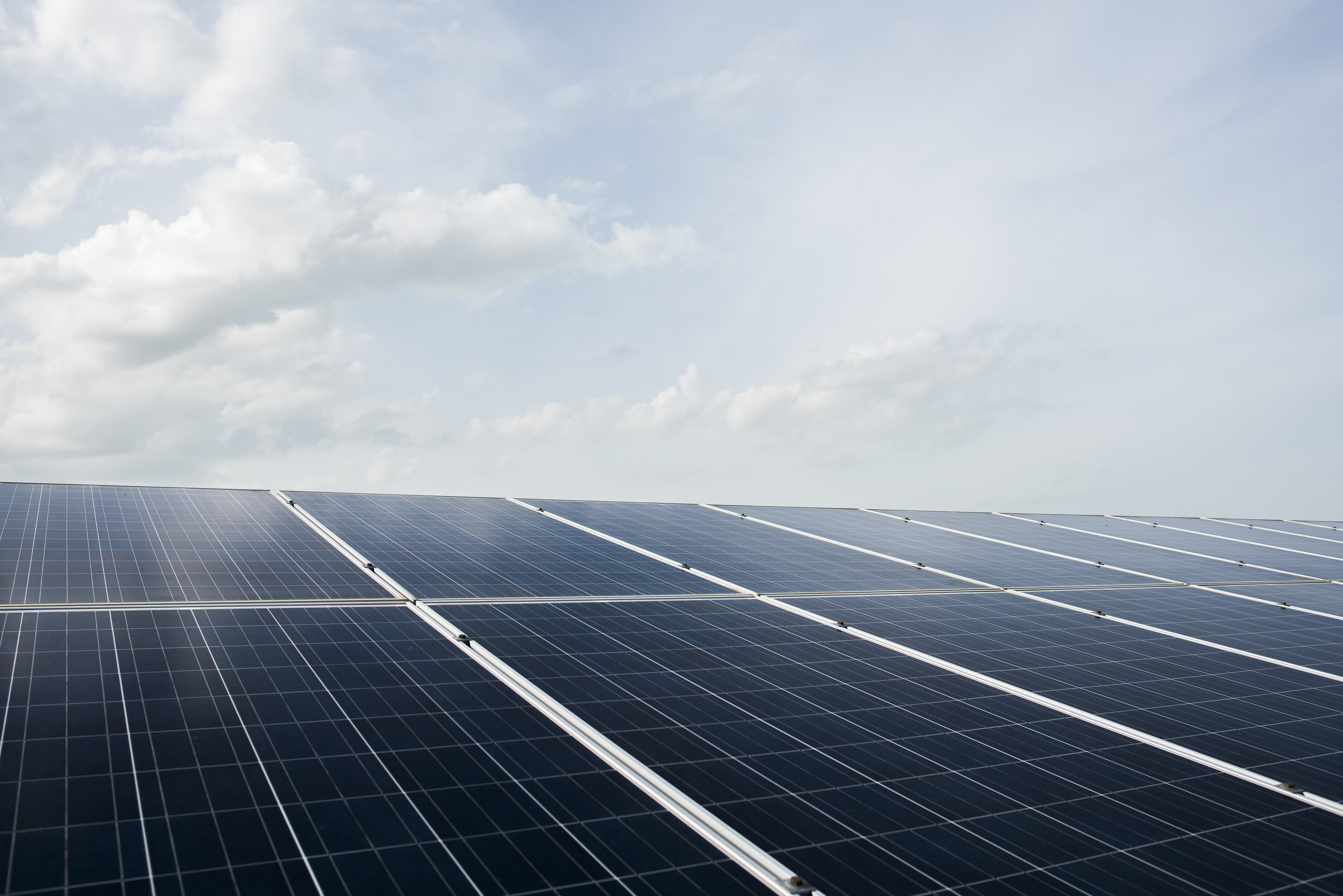U.S. Global Green Leadership Flounders but Is Not Dead
U.S. Businesses, Cities and a Few States Are Pushing to Cut Greenhouse Gas Emissions

Despite the current void in national leadership around climate change, the U.S. still maintains a global leadership position in employment and annual revenues in the green economy. Lucien Georgeson and Mark Maslin in a recent study examined the sales revenue and employment figures across many countries. They analyzed 24 economic subsectors covering renewable energy, environmental protection, and low-carbon goods and services, which collectively they term the green economy. In 2016, the U.S. made up 16.5 percent of the global green market, the largest slice of the world pie. After the past three years of faltering support, the U.S. position as the world leader in the green economy still exists but is not as strong as it was and is more precarious. Other powers competing for the world green leader are strongly backing renewables and low-carbon transportation. China is leading the challengers.
According to U.N. Secretary General António Guterres, the U.S. is on track to meet its Paris climate agreement targets — cutting greenhouse-gas emissions 26-28 percent, administration policies notwithstanding. This surprising news from late 2018 is because of strong action and commitment by a number of American companies, a few states, and many U.S. cities. Much more is needed, however. The U.S. needs to reestablish a strong leadership position on climate change if there is to be any chance of achieving the even bigger cuts needed in the coming decade.
The Georgeson-Maslin study showed that from 2013-2016, 10 times more people were employed in the green economy and its supply chains than were employed in the fossil-fuel industry, including its construction workers, infrastructure manufacturers, miners, and electricity-grid workers. This huge disparity occurred in spite of the U.S. fossil-fuel industry receiving subsidies of $649 billion in 2015 alone.
One of the initiatives cities are enacting is a ban on natural gas hookups, often together with policies to promote going all-electric in new construction. This effort started just last July, when Berkeley passed the first ban on gas connections in new building. Similar measures to wean communities off buildings that consume fossil fuels are spreading faster than even environmentalists anticipated, especially in California and the West, but also back East. Some ordinances are being enacted in our largest cities: Los Angeles, San Francisco, Seattle, and San Jose.
Absent a federal commitment to address climate change, states and local communities are adopting their own carbon goals, which often cannot be realized unless emissions decline in the building sector. As bans on fossil-fuel hookups and pro-electric initiatives proliferate, pushback is also happening in the form of lawsuits. Nevertheless, examples of all-electric buildings are multiplying. For example, Adobe, the software company, is erecting an 18-story all-electric office building in San Jose, California. Alloy Development is about to break ground on a 38-story, all-electric, mixed-use tower in Brooklyn. Acceptance of new practices takes time, but fossil-free, all-electric structures are the inexorable wave of the future.



